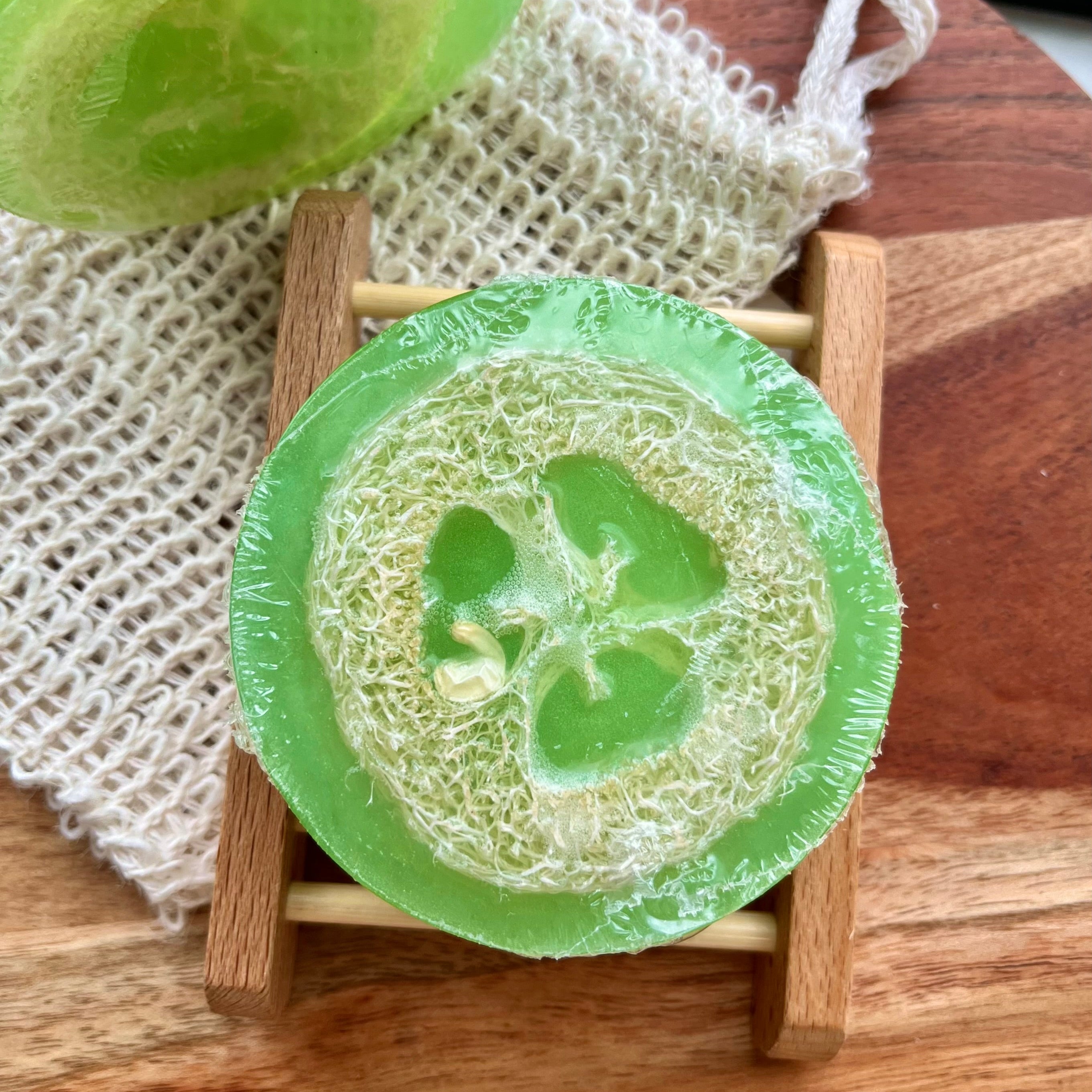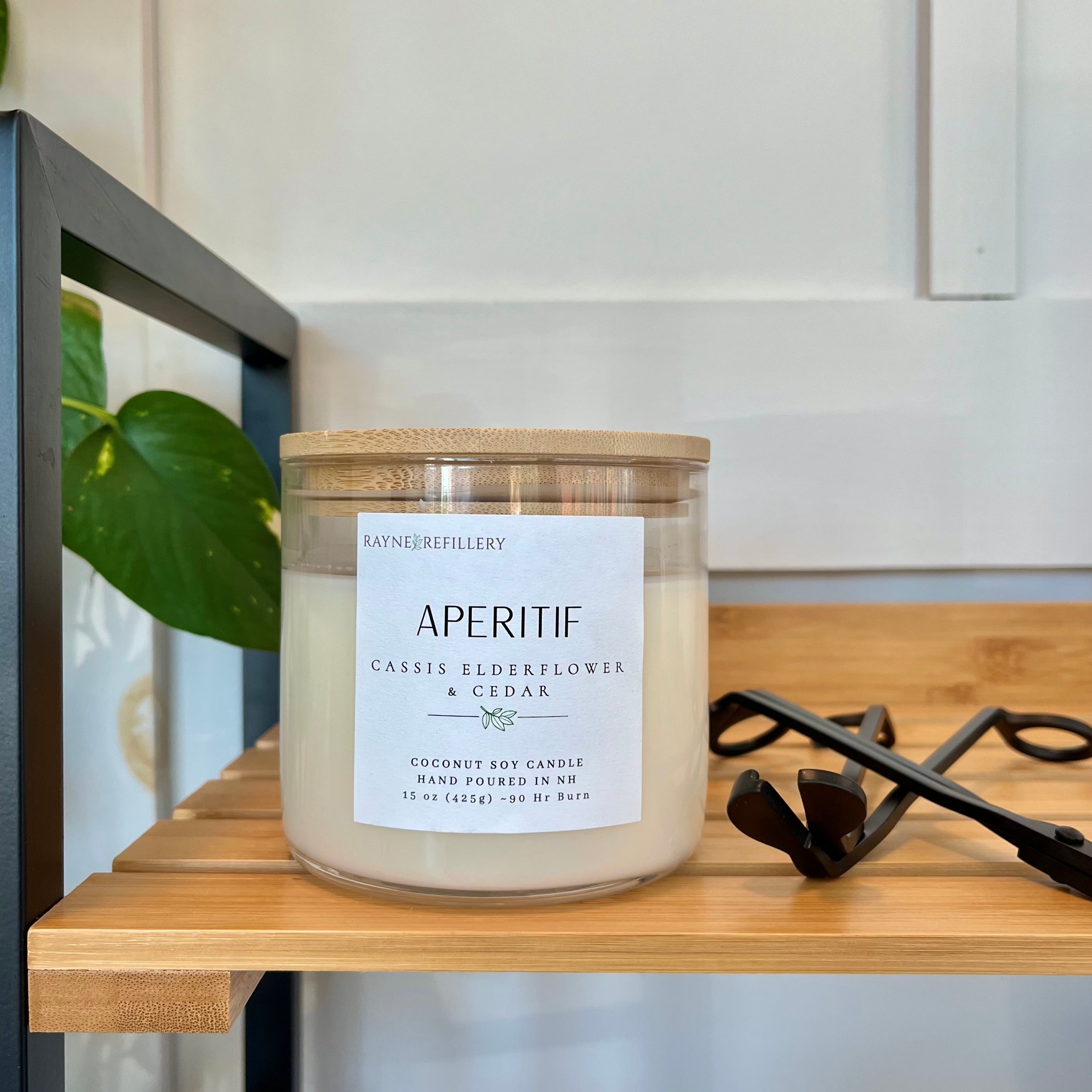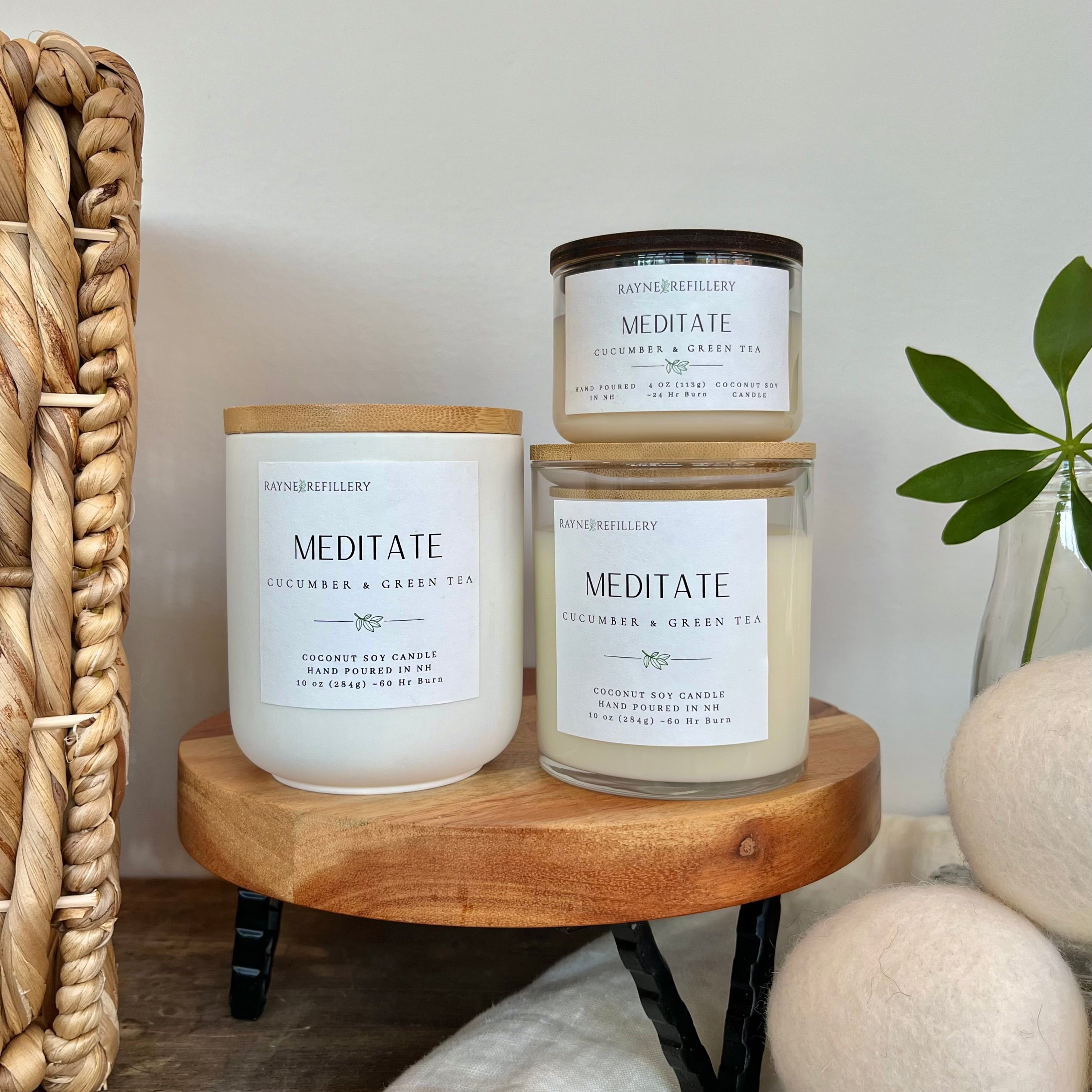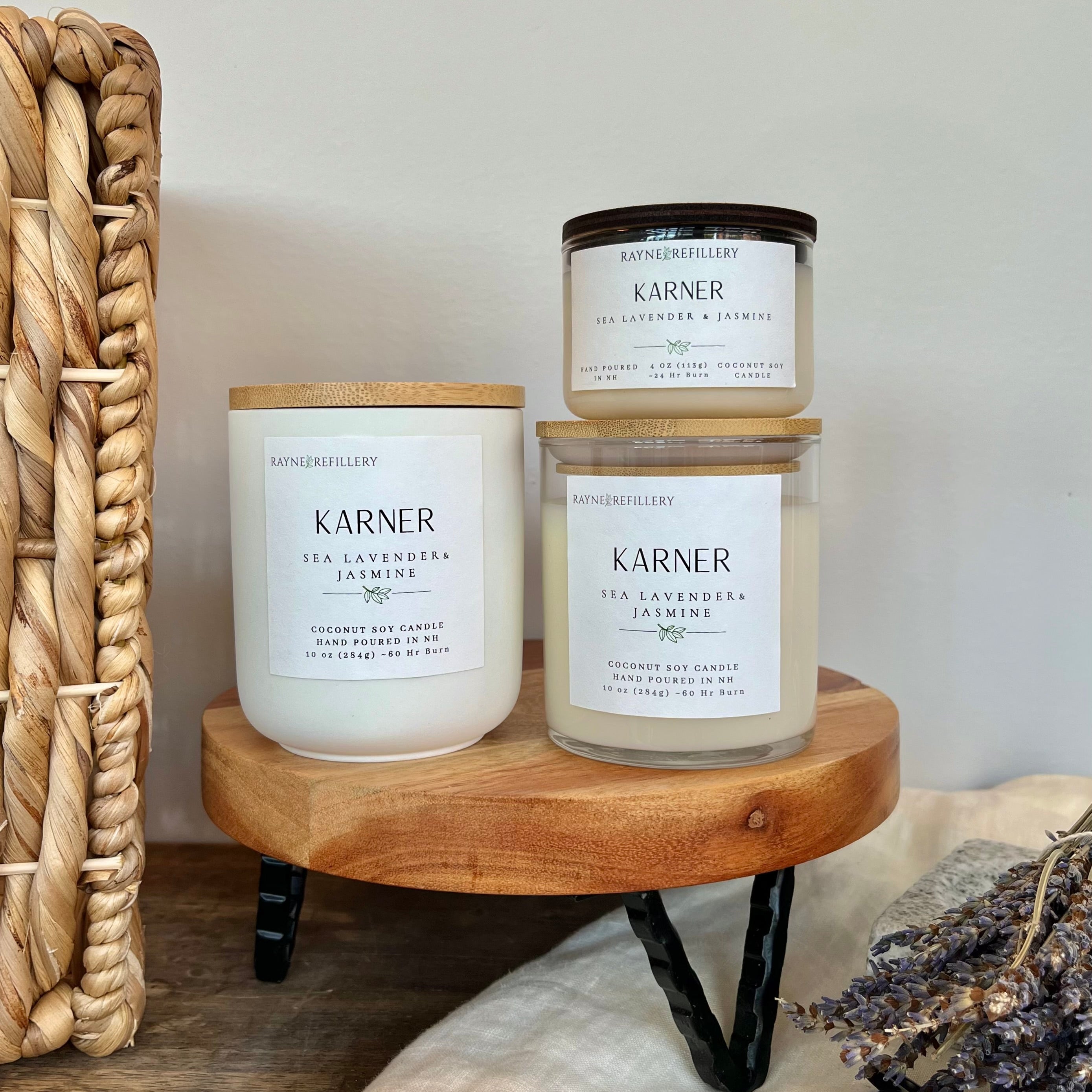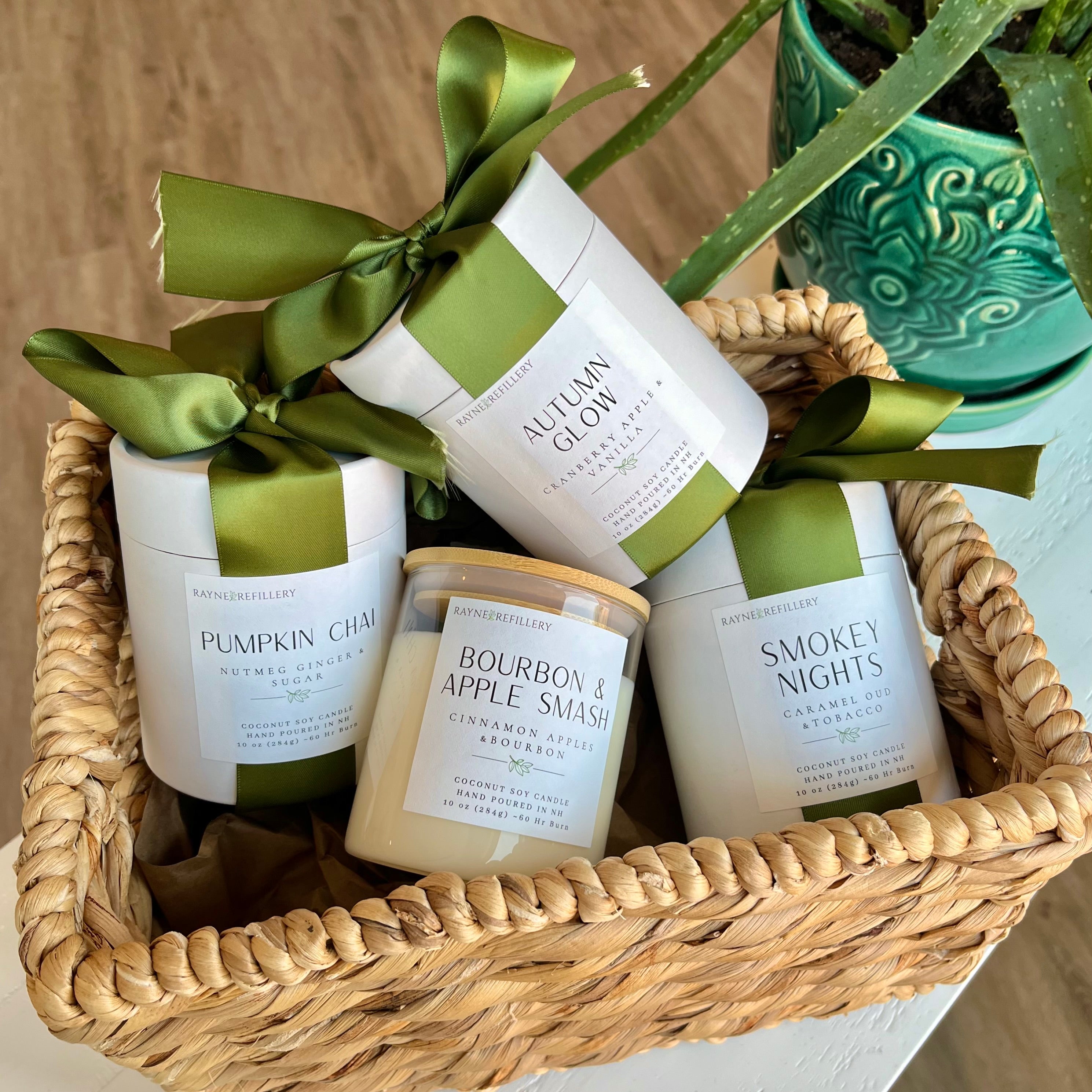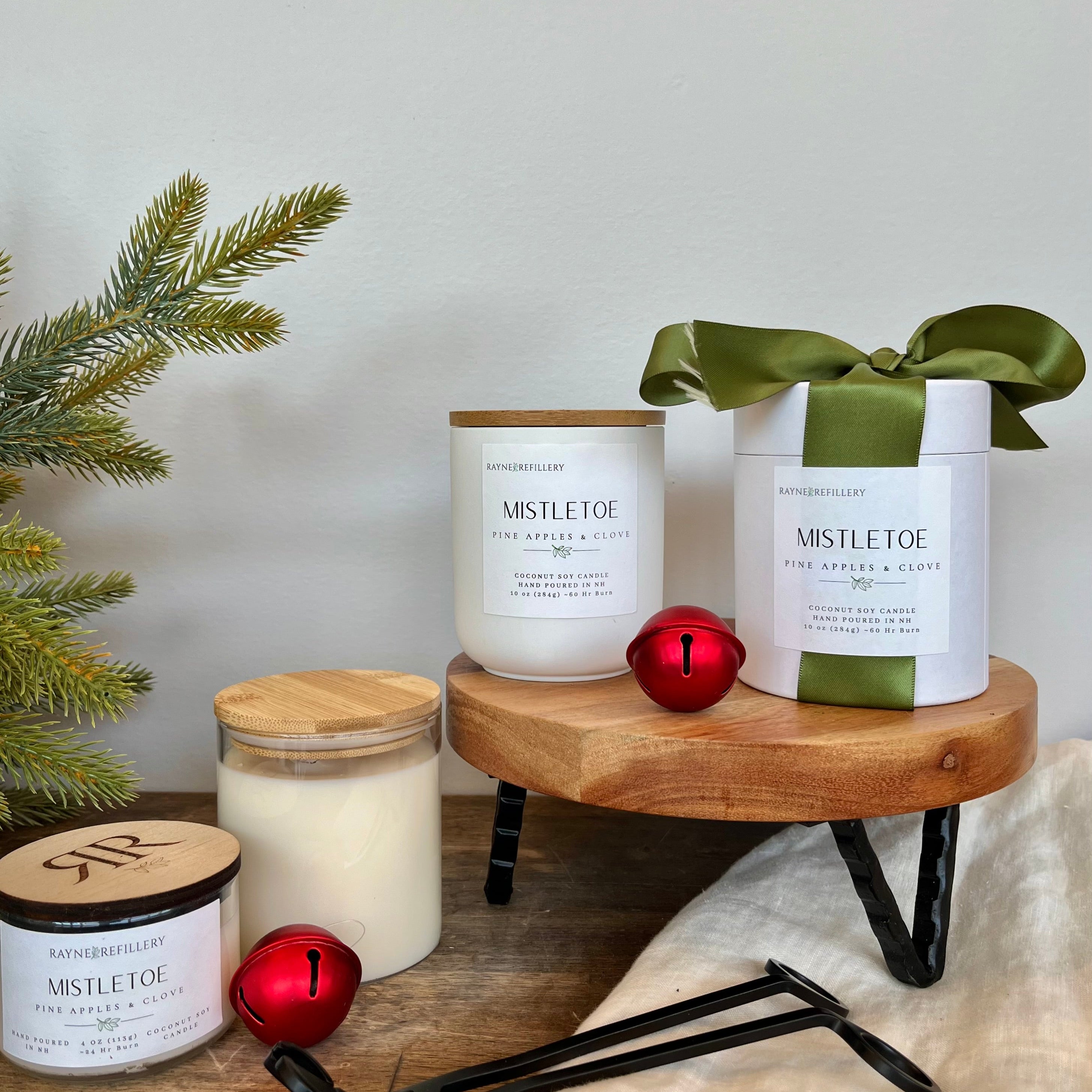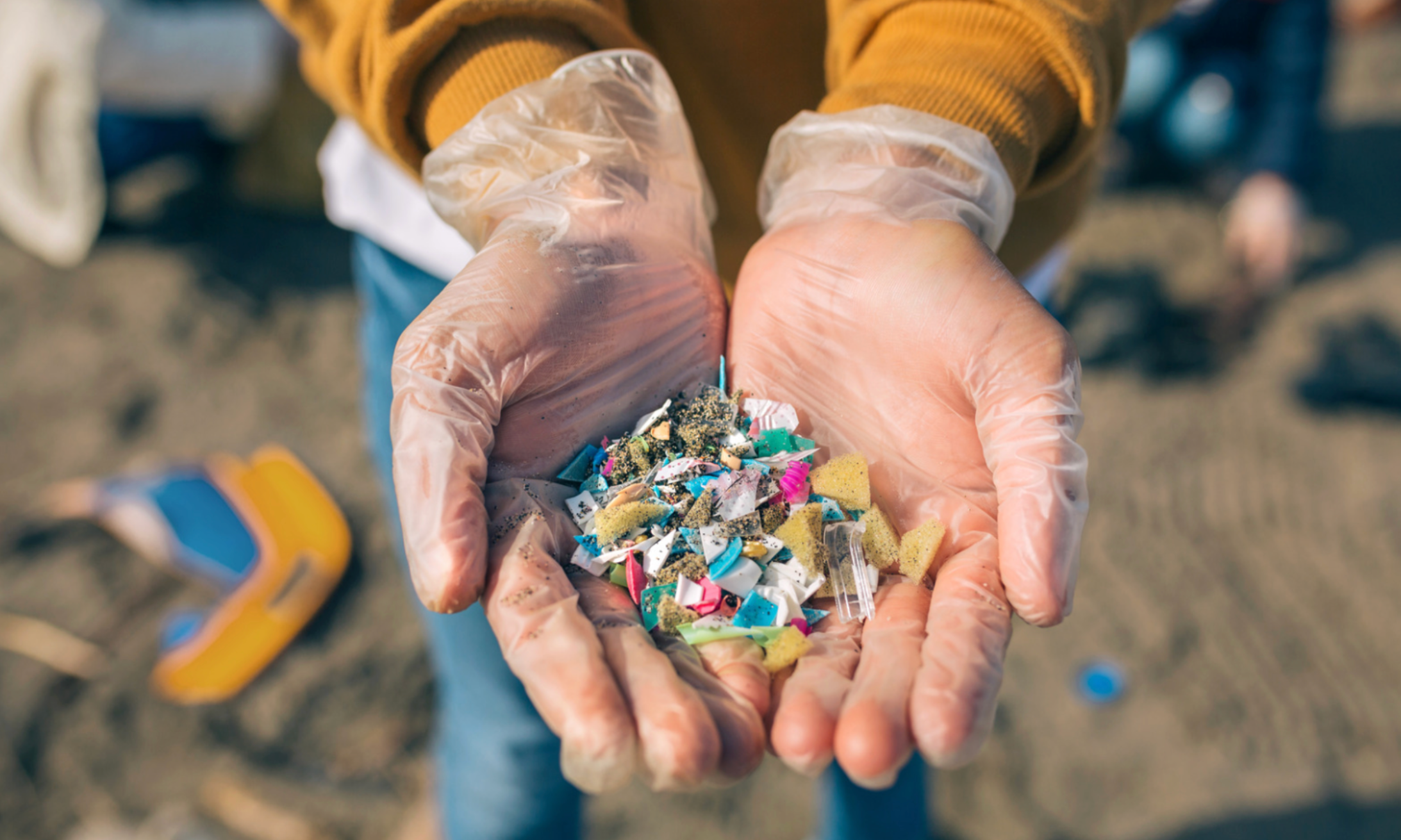Shopping for products these days can feel a little overwhelming. Everywhere you look, labels are shouting words like natural, organic, biodegradable, recyclable, sustainable… and sometimes it’s hard to know what any of it really means.
What do they all actually mean? Are some of these just marketing tricks? How do you know which products are truly eco-friendly?
We understand.
That’s why we’ve put together this guide to eco-friendly products. We’ll break down the most common sustainability buzzwords you’ll see on packaging, explain what they actually mean, and give you tips for making smarter, greener choices.
Natural
Let’s start with “natural,” one of the most commonly seen terms. When a product is labeled natural, it usually means it’s made from ingredients that come from plants, minerals, or other naturally occurring sources. Think herbs, essential oils, clay, or coconut.
Sounds simple, right? The tricky part is that “natural” isn’t always regulated. That means some brands might still include synthetic ingredients or preservatives, while others stick strictly to plant-based components.
When we talk about natural products, we mean items that avoid harsh chemicals, unsafe fragrances, and unnecessary additives. Choosing natural products is a great first step toward more conscious shopping, whether you’re buying food, cleaning supplies, or personal care items.
Organic
Next up: organic. Unlike natural, the term “organic” is regulated in many places, which can make it easier to understand. Organic products are made with ingredients grown without synthetic pesticides, chemical fertilizers, or GMOs.
Certifications like USDA Organic or ECOCERT provide extra reassurance that the product meets strict standards from farm to finished item. While not every natural product is organic, organic products are always natural, and they often have a lower environmental impact.
Sustainability
Sustainability is a broader term, but it’s at the heart of what makes a product truly eco-friendly. A sustainable product is designed to minimize environmental impact throughout its lifecycle, from sourcing materials and manufacturing to packaging and disposal.
Examples include products made from responsibly sourced materials, small-batch production, and minimal or recyclable packaging. When you choose sustainable products, you’re making a positive difference for the planet and supporting brands committed to better practices.
Energy Efficient
Energy-efficient products are designed to use less energy than standard equivalents, which helps reduce your environmental footprint. This isn’t just about appliances… LED lightbulbs, electronics, and heating systems can all fall into this category.
By choosing energy-efficient items, you’re saving money on your bills and helping reduce greenhouse gas emissions. Two wins in one!
Biodegradable
Biodegradable products break down naturally with the help of microorganisms, without leaving harmful residues behind. Think of certain packaging materials, utensils, or single-use items that can decompose safely in the environment.
It’s important to note that biodegradable doesn’t necessarily mean compostable, the product might take longer to break down or require specific conditions.
Compostable
Compostable products are similar to biodegradable items, but they break down into nutrient-rich compost under specific conditions. This makes them ideal for items like plant-based packaging, utensils, or food scraps.
The key difference? Compostable products often need a controlled environment, whereas biodegradable products can break down more broadly.
Recyclable
Recyclable products can be collected, processed, and remade into new items. Common examples include glass bottles, aluminum cans, and cardboard boxes.
A quick tip: even if a product is recyclable, it’s important to follow your local recycling rules and clean materials before disposal. That way, you ensure it actually gets reused rather than ending up in a landfill.
Greenwashing
Greenwashing is a term you’ve probably heard, and we’ve talked about this a lot in previous blogs. It’s exactly what it sounds like: when brands make products seem more eco-friendly than they really are.
Some common tactics include vague labels (“eco-friendly” without proof) or unverified claims. The best way to avoid greenwashing is to look for certifications, research ingredients, and pay attention to how transparent the brand is about its practices.
Carbon Footprint
Finally, there’s the carbon footprint. The total greenhouse gas emissions caused by a product throughout its life cycle. This includes production, transportation, usage, and disposal.
When you choose products with a lower carbon footprint, you’re helping reduce the overall impact on our planet. Brands that actively measure and work to reduce emissions are taking real steps toward sustainability.
Why Understanding These Terms Matters
Knowing the difference between natural, organic, sustainable, and the other buzzwords helps you shop smarter and make choices that align with your values. By understanding these terms, you can confidently select eco-friendly products that are better for both you and the environment.
Here are a few tips for conscious shopping:
-
Read labels carefully.
-
Look for verified certifications.
-
Avoid vague or exaggerated claims.
-
Support brands that are transparent about their practices.
Choose Products That Are Truly Cruelty-Free and Eco-Friendly
From natural and organic to biodegradable, recyclable, and sustainable, these buzzwords help you make smarter choices when buying eco-friendly products.
And if cruelty-free products are important to you, look for the Leaping Bunny logo. This certification ensures that no animals were harmed in the development or testing of a product. Combining eco-conscious practices with cruelty-free standards gives you peace of mind that your choices are good for the planet and its inhabitants.
Next time you shop, use these definitions as your guide. You’ll feel confident selecting products that are genuinely eco-friendly, ethically made, and better for everyone… humans, animals, and the planet alike.


